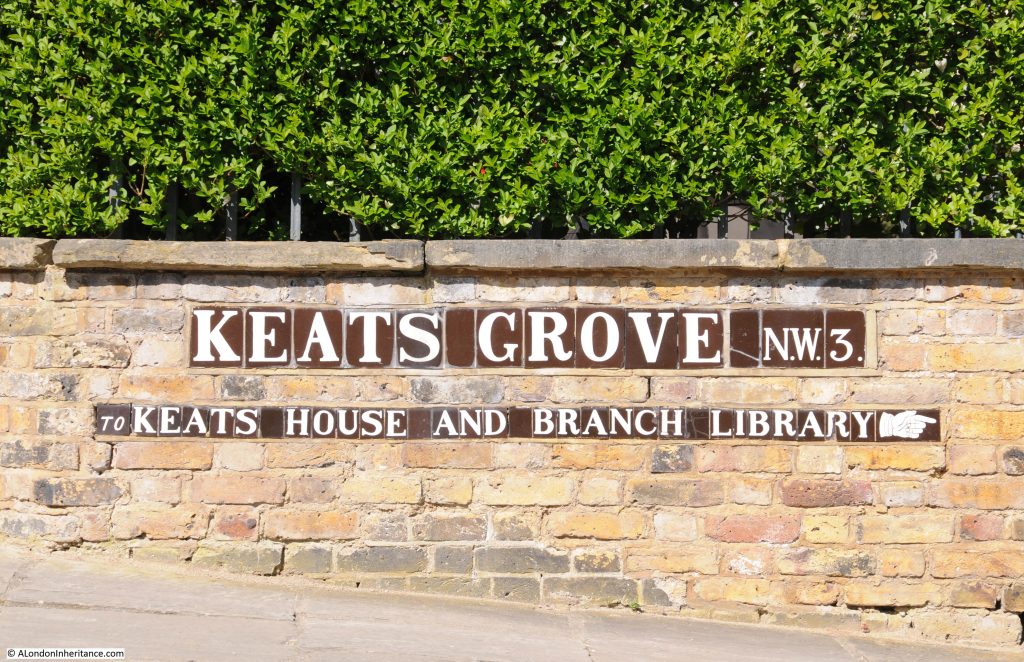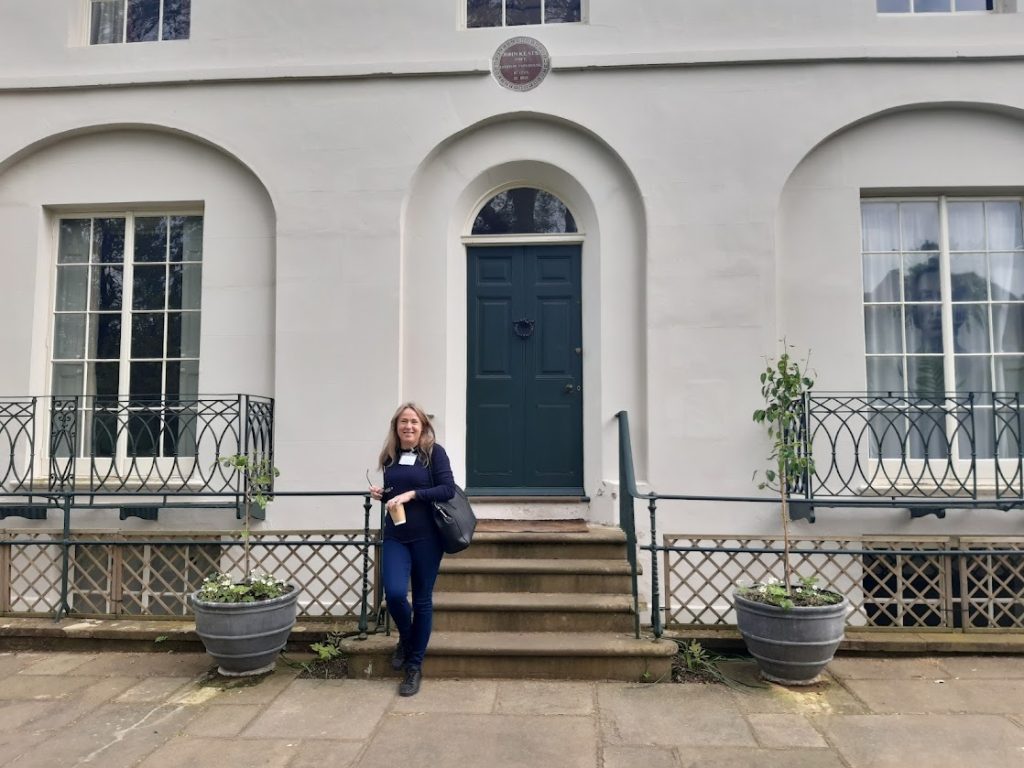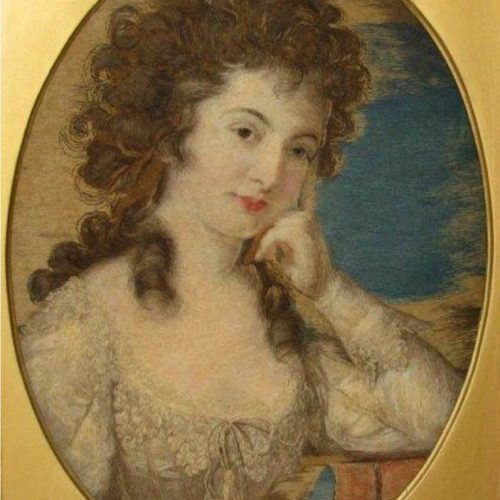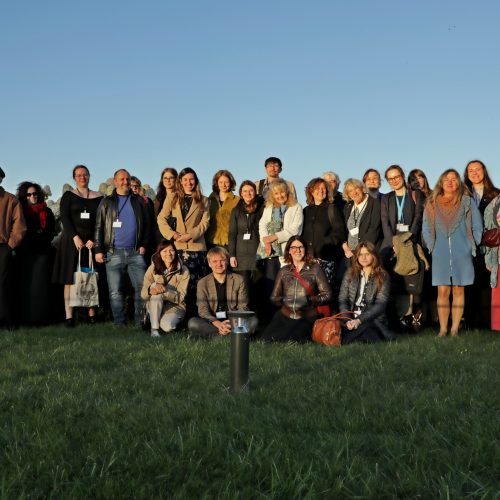text by Małgorzata Łuczyńska-Hołdys
Apart from many other good reasons, there is a particularly good motivation to visit London in May: the annual John Keats Conference, which I have had the pleasure of attending three times by now.

The conference is organized by the John Keats Foundation and held at an extraordinary place: Keats House in Hampstead, London. A note on the place: this was the home of Keats from December 1818 until his departure for Rome in August 1820. He composed his most famous poems there: La Belle Dame Sans Merci, The Eve of Saint Agnes, his Odes (the nightingale from the Ode to the Nightingale was apparently encountered in the adjacent garden); this is also the place which witnessed the budding infatuation and then the developing of courtship between Keats and Fanny Brawne, who moved in to the same house (originally divided into two dwellings) to become Keats’s most immediate neighbour. Surrounded by magnificent garden with lavish shrubs and flowers, with beautifully tended lawns and romantic wooden benches, the place is a treasure and delight to visit and also a perfect spot to host the Keats Conference.

This year’s conference, John Keats in 2024: Prospects and Retrospections, took place over the weekend of May 17-19 and was, as usual, a remarkably successful event. The programme included two keynote lectures and twenty six 20-minute talks. One on the great advantages of the conference is the fact that there are no parallel sessions, so all the participants can attend all the presentations, which vastly facilitates academic discussions as well as helps to get to know each other.
This year’s keynote speakers were: Andrew Bennett (University of Bristol) and Jonathan Mulrooney (College of the Holy Cross), authors of a number of books of criticism on Keats and Romanticism and renowned scholars in the field. The conference participants came from different academic institutions and countries (University of St Andrews, University of Notre Dame, University of Cambridge, University of Trento, Aberystwyth University, Queen Mary University of London, Chinese University of Hong Kong, Humboldt University of Berlin). Individual presentations were arranged in themed sessions, under such headings as “Keats’s soundscapes”, “Keats’s Literary Legacy”, “Keats and Aesthetic Theory”, “Keats and Literary Criticism”, or “Keats’s Correspondence”. The presentations were both lively and intellectually thought-provoking; the participants presented cutting-edge research in Keats’s studies, and some of the presented papers already await publication in prestigious journals of the field, like Romanticism or Romantic Textualities.
My paper “‘Some ghostly Queen of Spades’: John Keats’s images of spectrality” was scheduled in the session “Keats and the Aesthetic Theory”. In my text I aimed at exploring Keats’s use of Gothic and grotesque images in his three poems: “Isabella, or the Pot of Basil”, “The Eve of Saint Agnes” and the unfinished “The Eve of St. Mark”. I argued that there is a consistent pattern of imagery in Keats’s poetry that combines these two categories, and this imagery revolves around an idea of a spectral presence, or a “life-in-death” existence. The mingling of the Gothic and the grotesque allows for a powerful articulation of anxieties relating to mortality, confrontation with the inevitability of death and decay of the human body, and the uneasy, tentative hope for the afterlife. The paper was well-received and sparked lively exchange. I’m already thinking what topic to choose for the next time!



